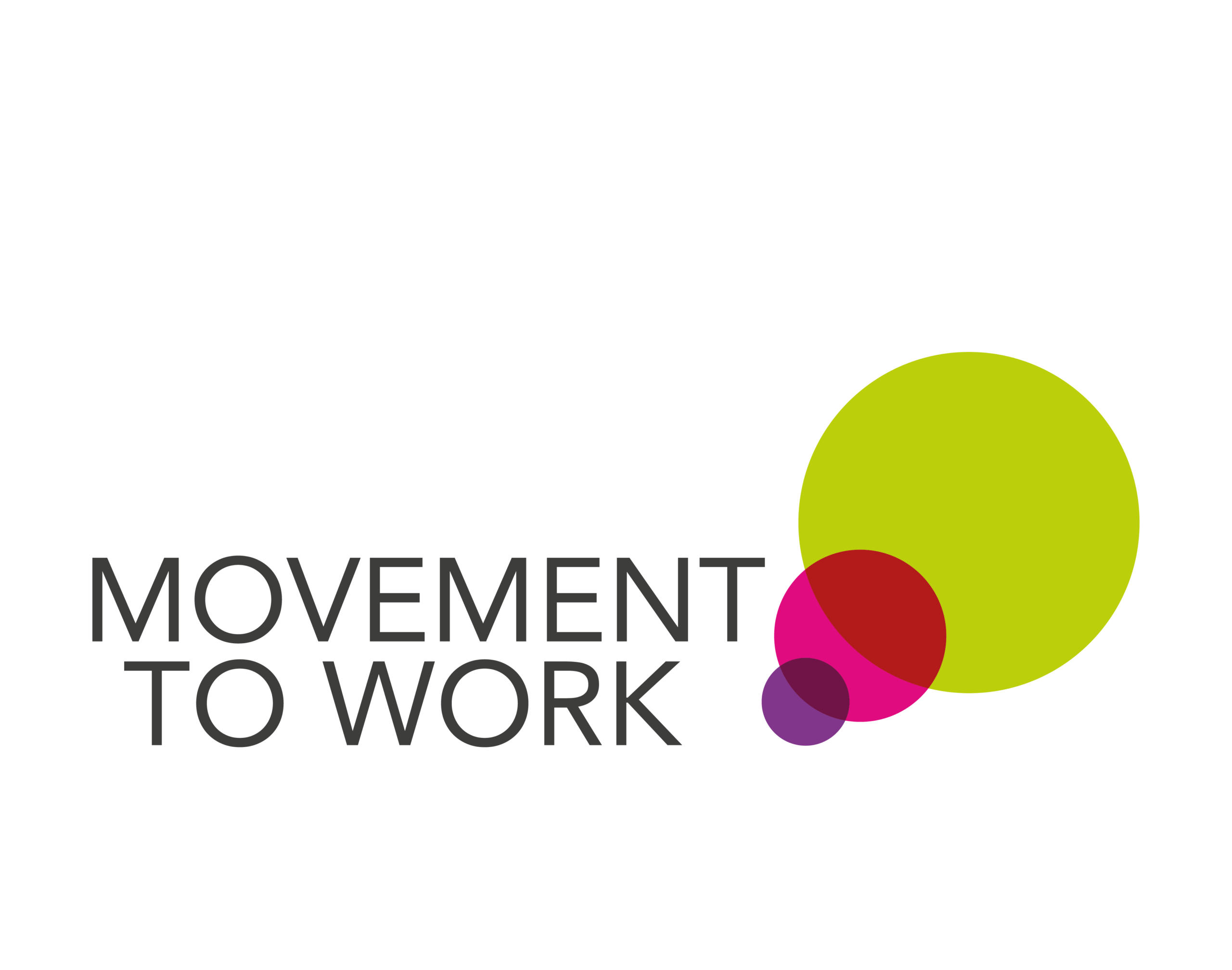Higher education is often seen as a crucial vehicle for improving intergenerational mobility. Previous research in the UK has generally looked in isolation at access to, or outcomes from, university for students coming from low-income backgrounds. In a recent report, the Institute for Fiscal Studies (IFS) puts these components together to investigate the extent to which individual universities, subjects and courses (the term used for specific subjects at specific universities, e.g. mathematics at the University of Warwick) promote intergenerational mobility.
The IFS report makes use of the Longitudinal Education Outcomes (LEO) dataset to document mobility rates for each university, subject and course in England. Mobility rates are calculated via the following simple relationship:
Mobility rate = Access rate * Success rate.
Here the access rate is defined as the share of students for each university, subject or course who are from low-income backgrounds using the proxy of free school meal (FSM) eligibility, while the success rate is the share of those FSM students who make it to the top 20% of the earnings distribution at age 30. As this latter measure requires people to have already turned 30, the focus of the main analysis is on people who attended university in the mid 2,000’s.
The main findings of the research show that: –
- Gaps in access are hugely variable depending on university selectivity. While low-income students are as likely to attend the least selective institutions as their wealthier peers, they are far less likely to attend the top universities.
- There is also a lot of variation in access to different subjects. Pharmacology and social care have only very small gaps in access by socio-economic background, but there are large gaps in subjects such as medicine.
- The very best-performing institutions in terms of their labour market success admitted few FSM students. Similarly, the universities with the highest FSM access rates have below average success rates.
- The average mobility rate across all universities is 1.3%. This means that at age 30, only 1.3 in every 100 university graduates are in the top 20% of the earnings distribution and from a low-income background, compared to a benchmark of 4.4.
- There is considerable variation around this average mobility rate. The highest-mobility institutions are often less selective and based in big cities, with London institutions especially dominant.
- The high share of FSM pupils in London, many of whom perform well at school and are from ethnic minority backgrounds.
- Many Russell Group universities have high success rates but admit very few FSM students, leading to below-average mobility rates.
- Adjusting earnings for cost of living differences across the country improves the mobility rates of Northern universities and lowers those in London and the South East.
- Law, computing and (especially) pharmacology are the best-performing subject areas, with mobility rates of 2.2%, 2.9% and 4.2%, respectively.
- While some courses have no students from low-income backgrounds, others have mobility rates that exceed 10%. Computing, law and economics at London-based institutions dominate the top 20 courses when ranked on mobility rates. Arts and humanities courses generally do poorly.
- There has been a slow but steady increase in the access rates of FSM students in the decade since older cohorts entered university in the mid 2,000’s. This period encompasses large higher education reforms that occurred in 2012.
Based on access rates, the IFS predict an increase in average mobility rates from 1.3% for cohorts at university during the mid 2,000’s to around 1.6% for cohorts entering university in 2018 and 2019. This demonstrates that much progress is still to be made, especially by the most selective universities, where access rates remain extremely low.
The full IFS report can also be accessed here.
